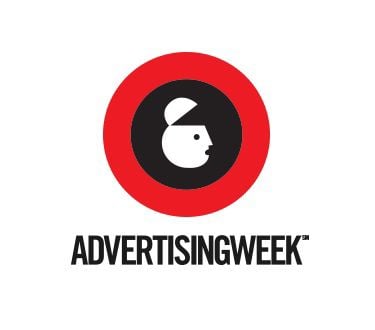Competition Is Nothing New For Radio. But Now It’s Got New Tools To Make The Sale.

Story by Inside Radio
“Audio is definitely under attack,” said Cara Lewis, Chief Investment Officer at Dentsu. “It's just like content anywhere,” she said during an Advertising Panel last week in New York. But as a giant ad agency like hers looks across at the options available for its clients, such as Procter & Gamble, Chevrolet and Coca Cola, Lewis said there is still a compelling case for marketers to be in audio.
“Audio can fit into a bunch of different buckets and its audience is growing, primarily due to digital audio and podcasting, but you shouldn't leave out terrestrial radio. Anytime you get into your vehicle, what do you do you? You turn on the radio,” said Lewis.
Dentsu relies on a variety of proprietary media planning tools to track its audience and buy the places it finds them. Lewis said audio remains a complement to television buys, but she also said that today her buyers look to make it work on media plans across a range of media options.
“Whether it's terrestrial [radio] for awareness, digital audio to get that incremental reach, or podcasting to really get a brand out there, all of them have a fit,” she said. “Audio has changed. It's not just about terrestrial radio, but it's about where actually consumers are listening, and what device they're on and then how we can better reach them to be contextually relevant.”
Audio Catches Up To Video
The appeal of audio, especially among national brands, has seemed shaky during the past few decades. But Audacy Chief Revenue Officer Brian Benedik points to developments in data that have allowed the audio industry to better target listeners and better appeal to CMOs. First among them is collecting more data about listeners to help not only for advertising but also content recommendations as age, gender and location are supplemented with listening habits analyzed by app algorithms.
“The medium has caught up to video,” Benedik said. “There’s a lot of first-party data being collected, and that is being used for content creation, but also for ad targeting and it’s being used in the back end for attribution. It’s probably one of the more transformative times for our medium that there's ever been.”
The new ad tech has also helped audio companies show that they move deeper beyond the top of the purchase funnel, from branding messages that drive product awareness to down-funnel action like the actual purchase.
“It's always been known as a branding upper funnel medium. And that's fine. We can be known as that. But what we've been able to do, whether it's on linear radio or online, is to prove outcomes downstream,” Benedik said. He said that has resulted in Audacy working with more direct-to-consumer brands than it ever has in the past. “If want to prove a sale, we can do that now,” he said. “And now we can have very substantive conversations with performance-based brands that we never could have.”
Audio’s Triple Play
The options that audio now offers are working to raise its profile among listeners and advertisers. While radio offers a big reach vehicle, Audacy Chief Digital Officer J.D. Crowley said podcasting allows for crafted storytelling, niche audiences, and hosts that can endorse brands. And streaming radio also offers the kind of targeting and attribution that digital ad buyers have come to expect. The combination of the three is bringing more advertisers to audio. “Each of those works really well independently,” he said.
Advertisers are taking notice. Dentsu, and its client Chevrolet, were among the partners in the branded Urban One content project “More Than That with Gia Peppers,” which exists as a radio feature and podcast. It targets Black listeners with 20-minute shows focused on wellness, entertainment and wealth. Now in its second season, Lewis said the partners are looking at developing a companion series that will target Hispanic audiences.
“We have a content team that actually sits in with partners and finds the right brands to fit in with them,” said Lewis. “We have a ton of brands that want to be on the radio because people are driving to their retail location to actually shop. And then we have auto brands. So we have a lot going on and a lot of content that I think we can create together.”
Boomer Esiason, morning co-host at Audacy sports “The Fan” WFAN New York (101.9, 660), said advertisers also cannot overlook the power of traditional radio as evidenced by his own experience being on the radio for 15 years.
“It’s really a powerful medium,” he said. “More people know me now as a radio talk show host than a TV personality or a former NFL quarterback.”

0 Comments:
Post a Comment
Subscribe to Post Comments [Atom]
<< Home